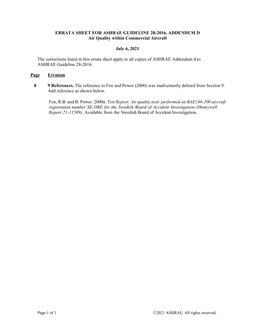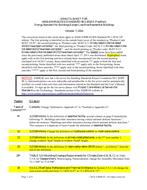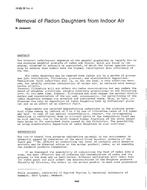Direct digital control (DDC) has become a popular specification for the control of building mechanical systems. The advantage of such controls lies in the more sophisticated algorithms and statistical analysis of data that can be implemented into the control procedures. Not only heating, ventilation, and air-conditioning (HVAC) equipment can be controlled in this way, but other adjustable components, such as solar shading devices, night insulation for fenestration, and electric lighting systems can be made much more responsive.
A Michigan university, like other institutions, is continuously modifying and upgrading the operation of its many buildings for improved performance and reduction of energy costs. However, in doing so, many questions were raised that are not easily answered with current knowledge. Some of these questions are specific to particular buildings, but others are much broader and relate to how one thinks and teaches about building controls. This paper presents an overview of current research related to the application of “smart” building controls at that university. Part of this effort has involved the development and construction of two test cells that are specifically designed for research on control of thermal comfort and lighting systems. This facifity is described.
Citation: Symposium, ASHRAE Transactions, vol. 95, pt. 1, Chicago 1989
Product Details
- Published:
- 1989
- Number of Pages:
- 6
- File Size:
- 1 file , 880 KB
- Product Code(s):
- D-24565


